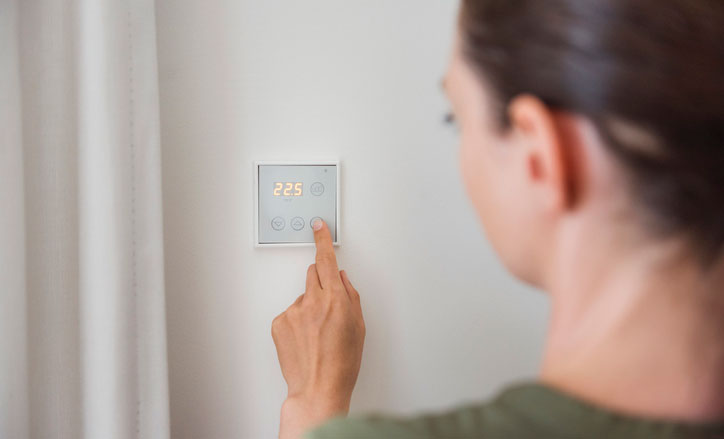Amazon, Apple and Google joining forces could be what makes smart homes happen

The news: Amazon, Apple, and Google have agreed to create an open-source standard for internet-connected home products, such as smart speakers. They’ll work with Zigbee Alliance, an association of companies working on open IoT standards, plus Samsung, Ikea, and other major players in the sector. The companies have set up a working group, called “Project Connected Home over IP" (or CHIP), which will meet, discuss, and (they hope) agree on a set of standards over the coming months.
The goal: It’s all about making smart home products compatible with each other, and making sure they reach a certain level of security.
The potential: If adopted by all the major players, this standard could kick-start adoption of smart home tech. Currently, if you want to buy IoT products for your home, you mostly have to pick one company and stick with it because products from different companies are not interoperable. For example, Google’s Home voice assistant won’t work with Amazon’s smart lightbulbs. Concerns over security have also held back adoption, as exemplified by the endless horror stories about the Ring camera and just how easy it is to hack into. An open ecosystem, better security standards, and the rollout of 5G could be a winning combination to push smart homes into the mainstream.
A long way to go yet: Well, that’s the plan. In reality, it will be tough to get the biggest names in tech, all of whose smart home products are at differing stages of development, to agree. And there’s a risk that rather than creating a standard to unite them all, they just create an extra, optional standard.
Sign up here to our daily newsletter The Download to get your dose of the latest must-read news from the world of emerging tech.
Keep Reading
Most Popular
Large language models can do jaw-dropping things. But nobody knows exactly why.
And that's a problem. Figuring it out is one of the biggest scientific puzzles of our time and a crucial step towards controlling more powerful future models.
The problem with plug-in hybrids? Their drivers.
Plug-in hybrids are often sold as a transition to EVs, but new data from Europe shows we’re still underestimating the emissions they produce.
How scientists traced a mysterious covid case back to six toilets
When wastewater surveillance turns into a hunt for a single infected individual, the ethics get tricky.
Google DeepMind’s new generative model makes Super Mario–like games from scratch
Genie learns how to control games by watching hours and hours of video. It could help train next-gen robots too.
Stay connected
Get the latest updates from
MIT Technology Review
Discover special offers, top stories, upcoming events, and more.